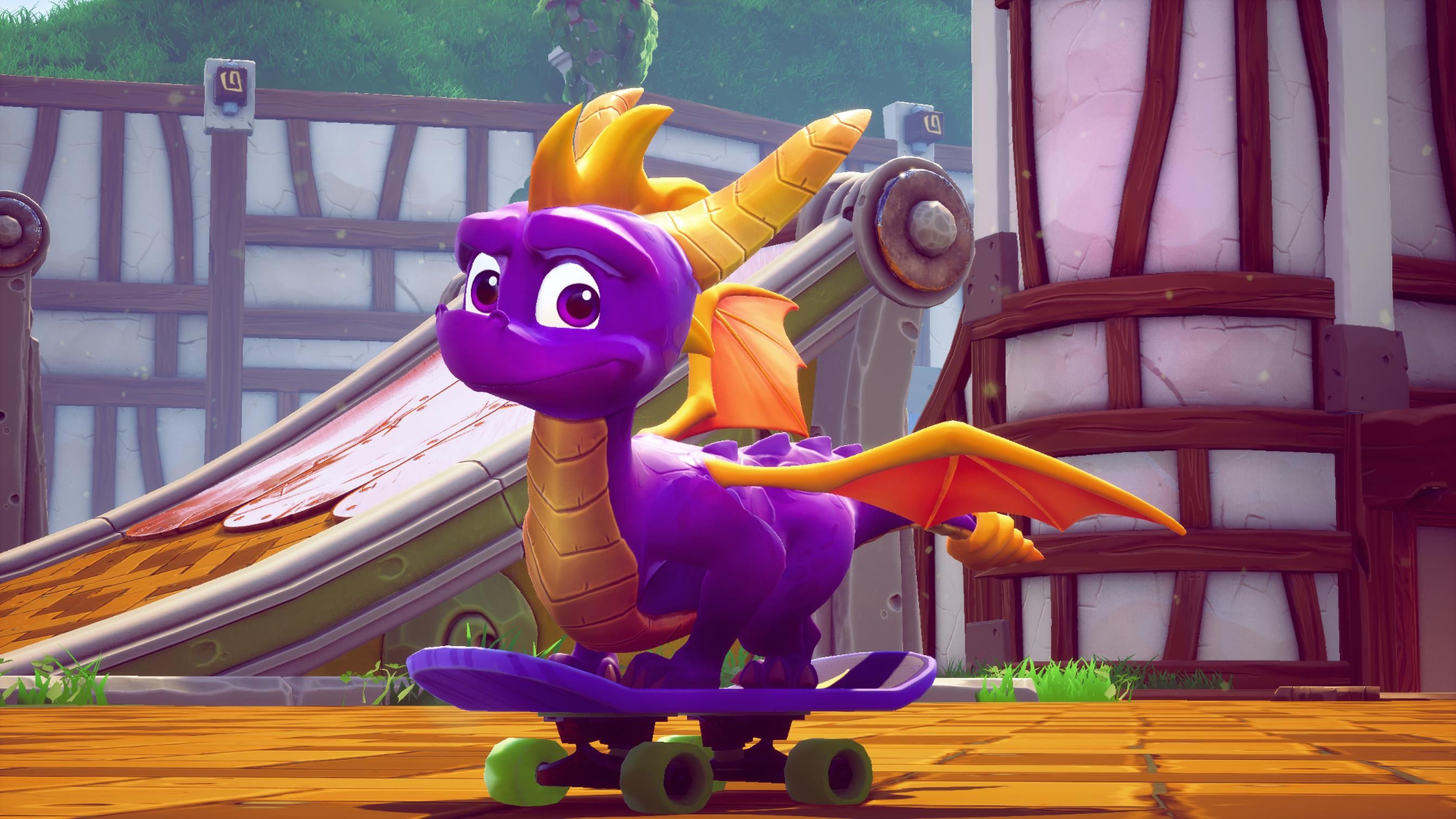
There are plenty of video game mascots that have come and gone through the years, but there’s just something special about Spyro the Dragon. The character hit the PlayStation at the exact right time and even though he wasn’t the console’s official mascot, he gained a certain reputation that spawned the release of three classic titles that were some of the best games PlayStation had to offer. Spyro’s lasting power has superseded the original PlayStation and two decades after his inception, he’s still relevant and popular in the video game world.
Arguably, Spyro’s level of celebrity has fluctuated through the years, but it looks like the character and the series could be back on top after the recent release of the Spyro Reignited Trilogy. This is a strong time for nostalgia, but the Reignited Trilogy package gorgeously remasters these old games and smoothens out the rough edges. Whether you’re a seasoned Spyro veteran, or new to the franchise, the collection of games is a perfect window into why this character and his games have such appeal. With the release of the Spyro Reignited Trilogy and the hope that more new Spyro news may be imminent, here are 30 Things Only Gaming Experts Know About Spyro the Dragon!
30 Insomniac “Gave Up” On Series After Spyro 3 Because Of Spyro's Limited Hands
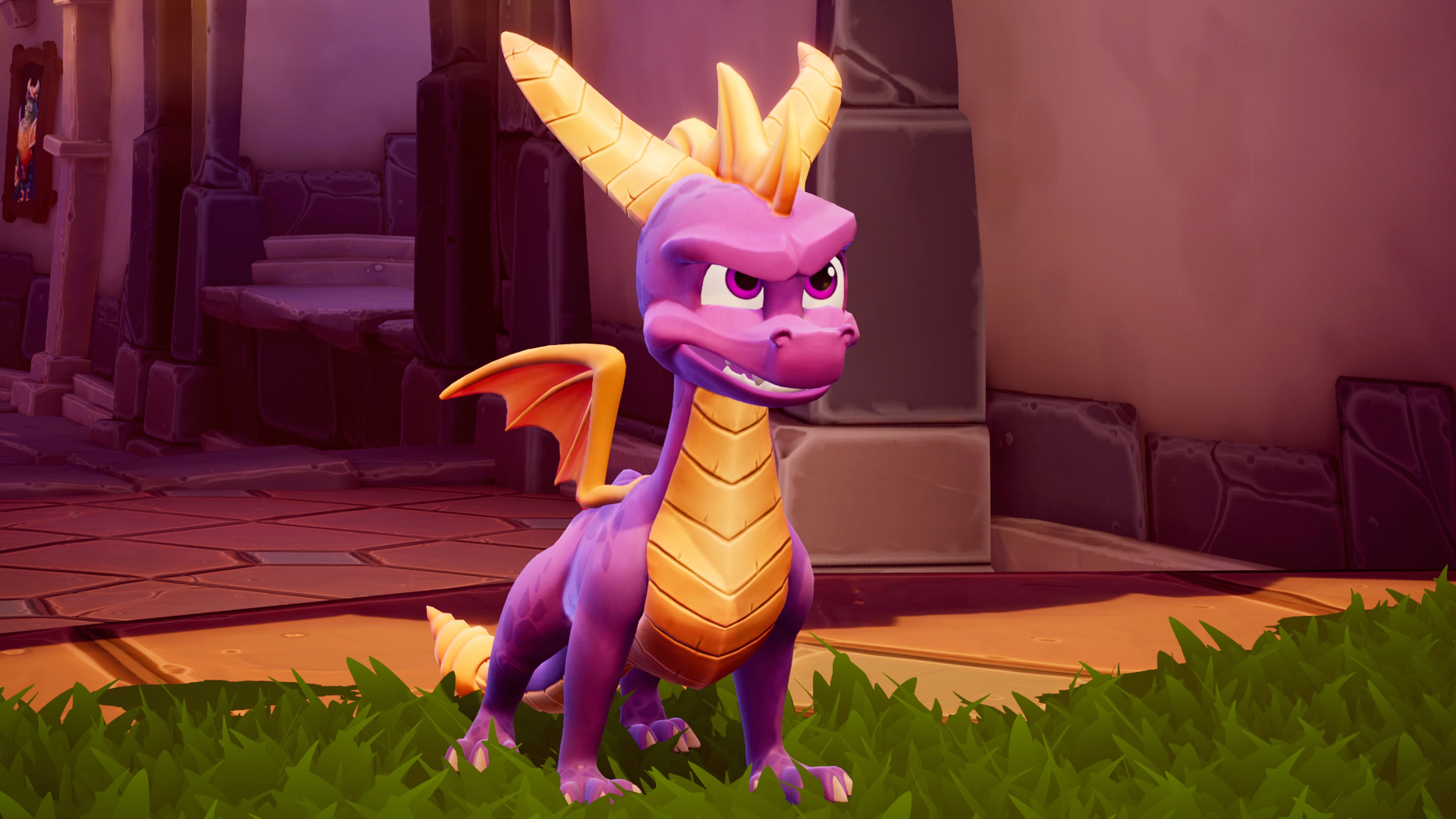
Plenty of Spyro titles have come along after the success of the original trilogy on the PlayStation, but they’ve been without the involvement of the series’ original developers: Insomniac Games. Insomniac had taken Spyro to many exciting places over the course of their games, but they felt that the property had gone as far as it could go. One of the major reasons that Insomniac Games struggled to find a future for Spyro is because the character is fairly limited with his hands. The character isn’t able to hold onto anything.
Of course, with something as popular as Spyro, other studios decided to mess around with the Spyro formula.
29 The Games Feature Advanced Enemy AI
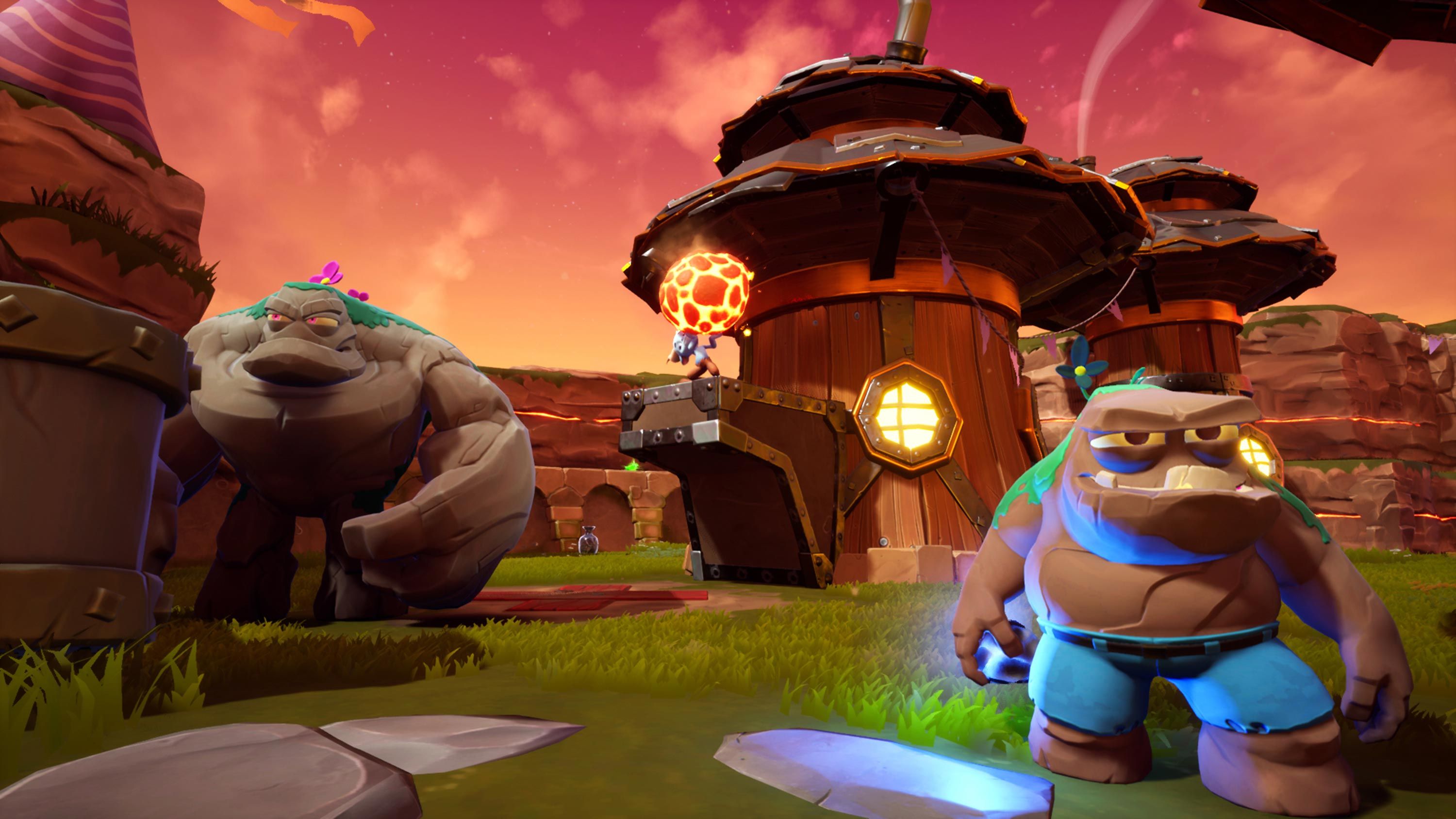
It might seem like a given with how sophisticated modern video games have become, but the concept of an advanced enemy artificial intelligence back in the ‘90s was a lot to handle. Gamers were used to enemies that followed a set pattern and acted in the same repetitive manner. Spyro the Dragon strived to surpass this limitation.
The game’s enemies had more than one function and animation in how they worked. They could even target the player and taunt them! All of this emphasized Insomniac Games' desire to have a 3D world that truly interacted with its character.
28 Elijah Wood Has Voiced Spyro
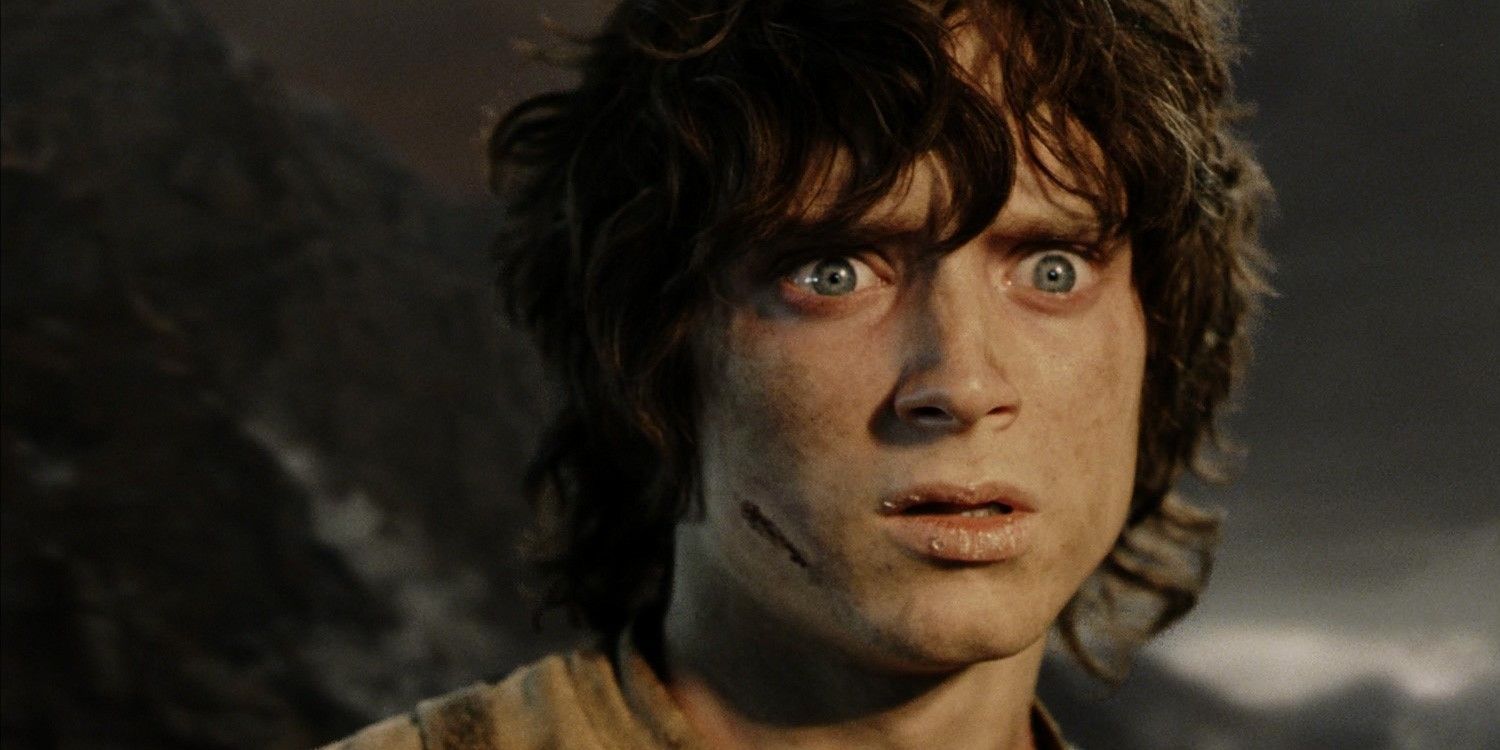
Even though Tom Kenny is arguably the most associated voice actor for Spyro the Dragon, the characters have still experienced some very interesting substitutions throughout the years. Clearly, the series wanted to tap into the mainstream market when it enlisted Elijah Wood to voice the character through the Legend of Spyro games.
A big celebrity voice for the character didn’t really do the franchise any favors, but it was certainly fascinating. Furthermore, Spyro's dragonfly sidekick, Sparx, also had some pedigree in his voice through the franchise (David Spade, Wayne Brady, and Billy West).
27 A NASA Engineer Was Brought On Board To Handle Spyro's Flight Controls
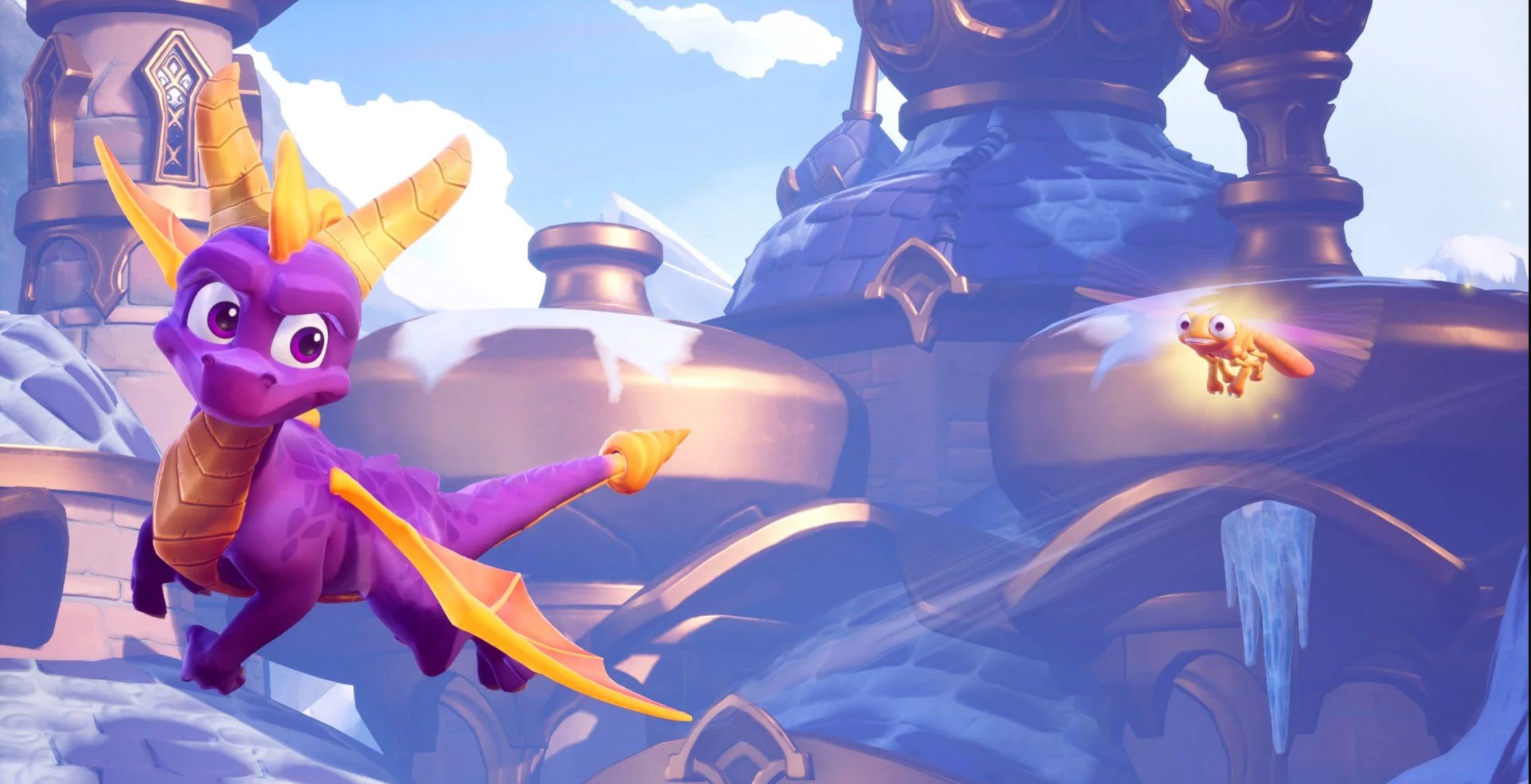
Back when Spyro the Dragon originally came out, players were too focused on a vast 3D world to scrutinize the mechanics around Spyro’s flight. After all, does anyone over-analyze if Mario should really be able to jump that high?
In spite of this, Insomniac Games went above and beyond in this department and hired an engineer from NASA to assist with Spyro’s flight controls. The main task here was to help program the camera and Spyro’s movements when he’s in flight, as the camera proved to be quite problematic when it was directly behind Spyro.
26 Spyro Was Originally Green And Named Pete
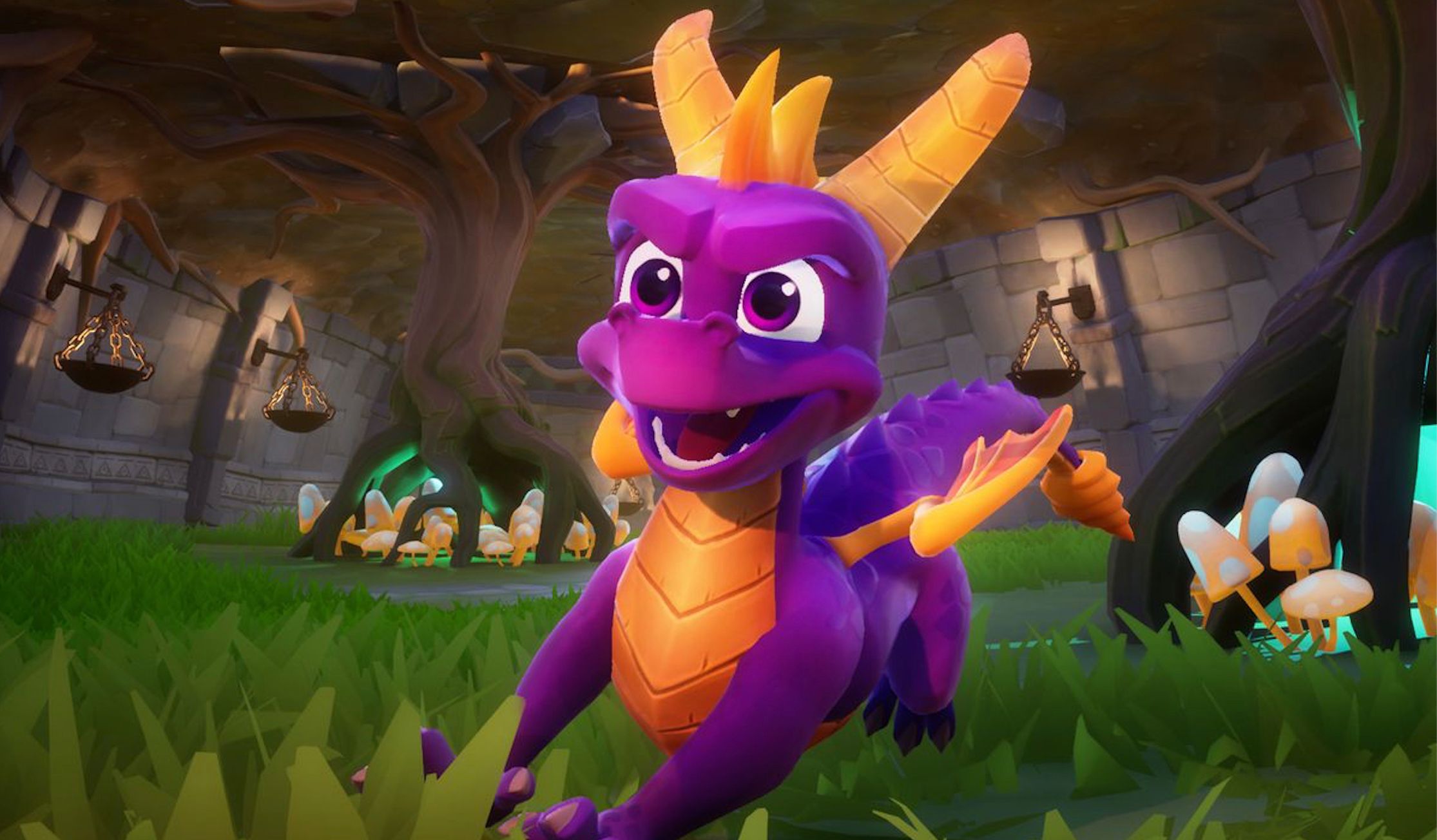
It’s hard to imagine Spyro looking like anything other than the plucky purple dragon with yellow highlights, but the original plan for the character was decidedly very different. Not only was Spyro going to be green instead of purple, but his name was supposed to be Pete. Eventually, it seemed like this could lead to legal problems with Disney’s Pete’s Dragon, so Insomniac decided to get creative and name the guy Spyro.
Additionally, with Spyro’s green color, he’d blend in too much with the game’s lush environments, so purple proved to be a solid fix in that area. If all of this wasn’t enough, they initially wanted Spyro to be an adult, too!
25 There Was Almost A Legend Of Spyro MMORPG
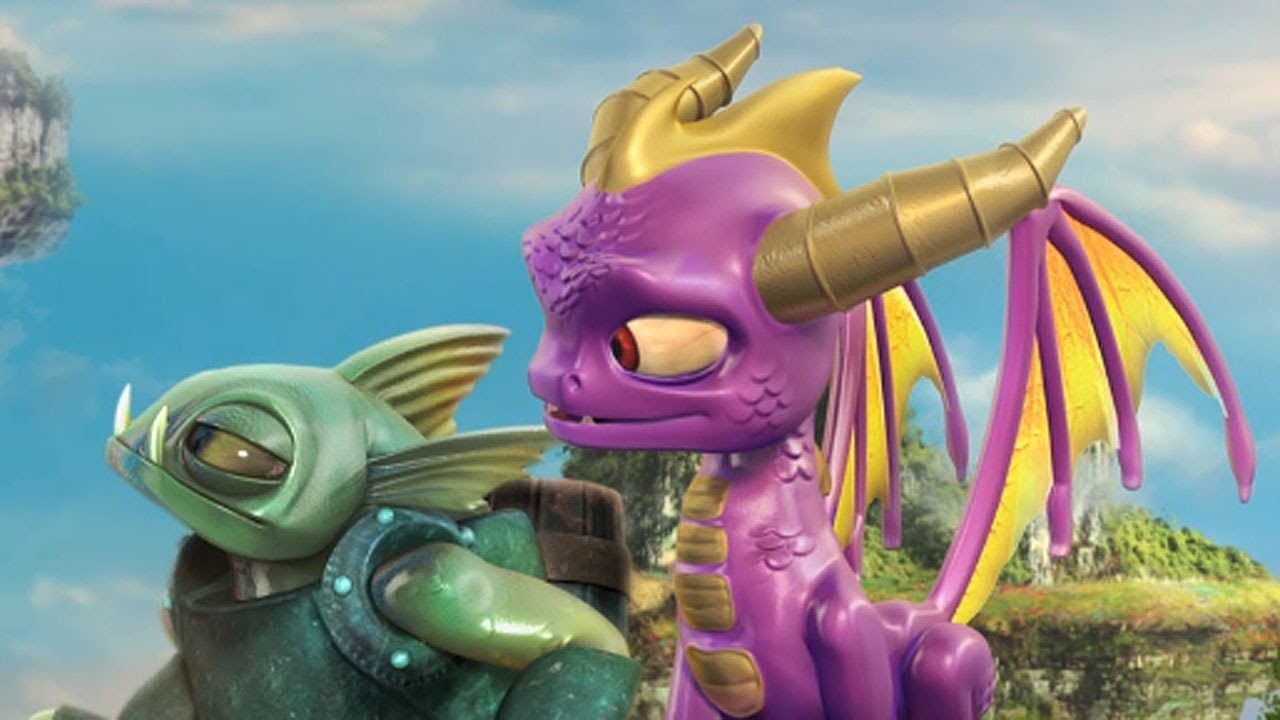
MMORPGs are great at uniting gamers, but they need a strong franchise to lean on in order to draw in people. This was even considered as the direction to take Spyro the Dragon in during a brief period.
This Spyro MMORPG would have allowed players to control a random dragon in a world where Spyro has now aged and become the king. There are definitely a lack of dragon-centric games in this capacity, but as the project continued to grow it just felt less and less like Spyro. It’s a compelling idea for a game, but it was likely for the best, and the Skylanders series was eventually the direction that was taken
24 The Track From Wizard Peak Is Used In The Amanda Show
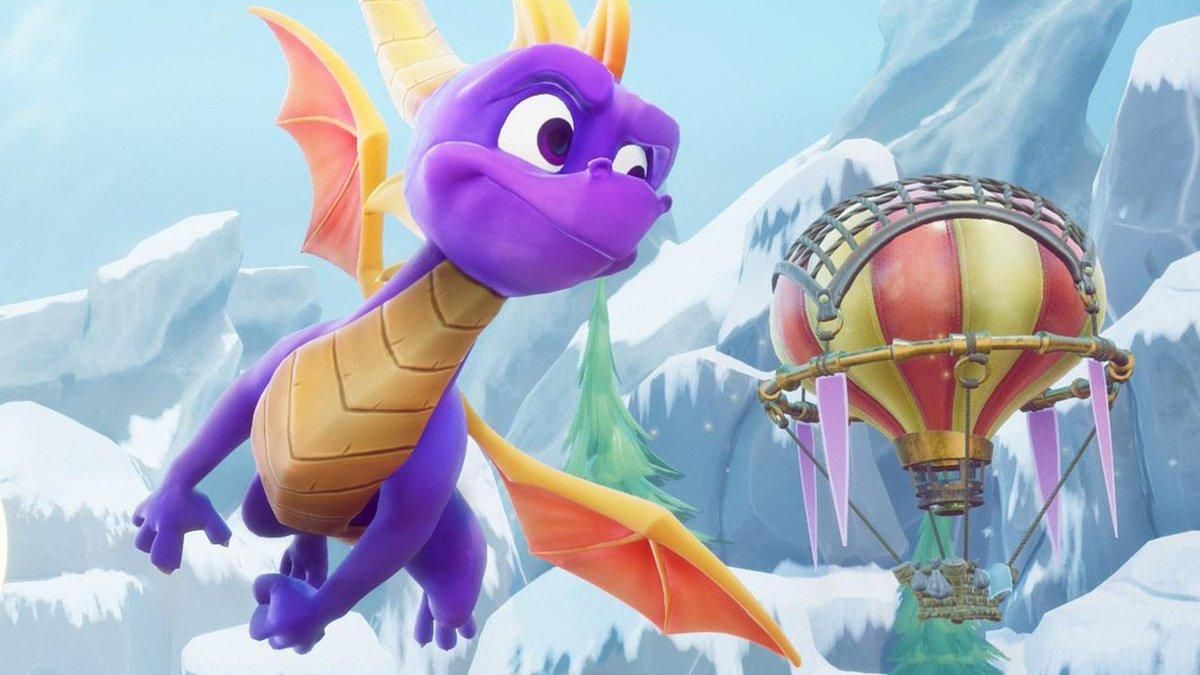
One of the most beloved features from the original Spyro games is its music. There are plenty of notable tracks from the various Spyro titles, but one piece in particular raised a lot of questions. Fans of the Spyro series that also happened to watch the Nickelodeon sketch series, The Amanda Show, noticed a surprising similarity between some of the music.
Spyro’s music for the Wizard Peak level is nearly identical to The Amanda Show’s closing credits music. The reason for this similarity is that Stewart Copeland happens to be a composer for both Spyro and The Amanda Show. Clearly, he thought the Wizard Peak music was an appropriate fit here.
23 Spyro Took Inspiration From The Movie Dragonheart
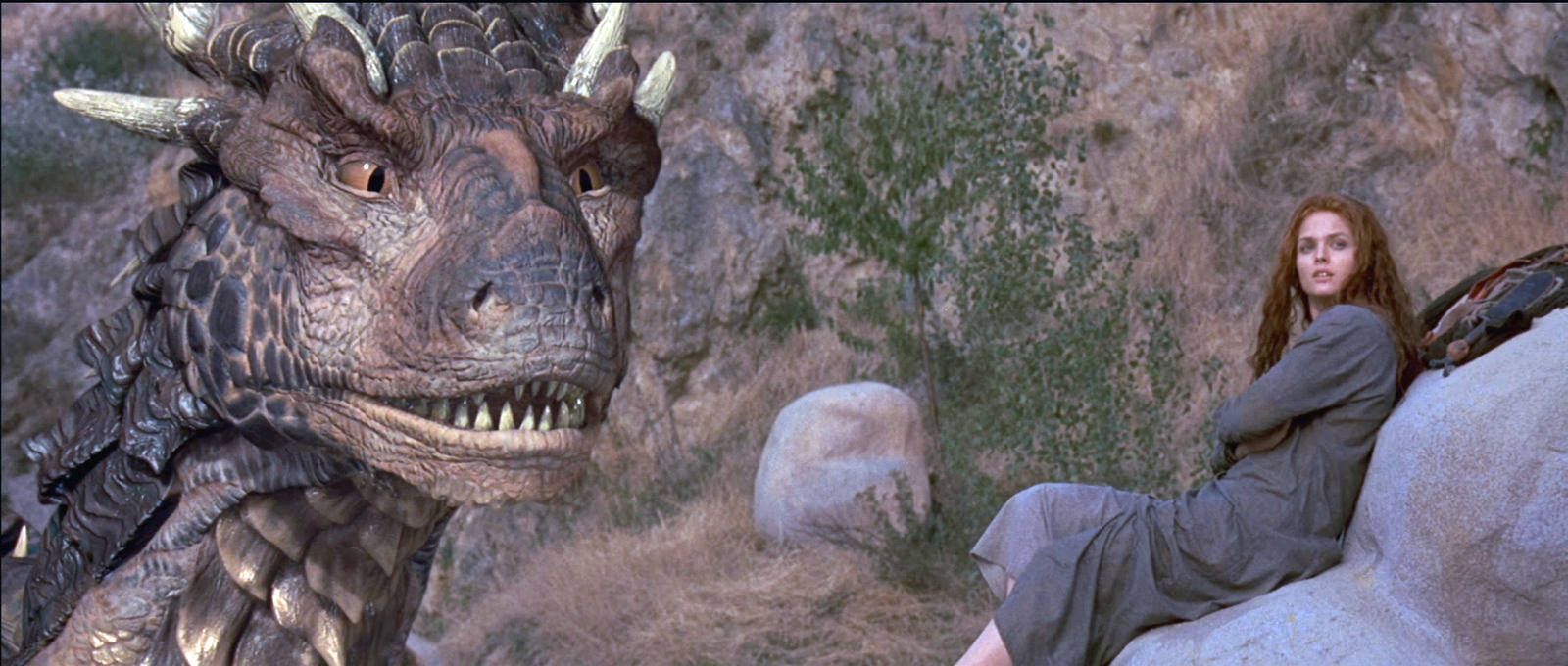
Back when Spyro was still in its earlier development stages, there were some interesting materials that Insomniac Games would draw inspiration from to help get the ball rolling. Spyro’s end product is an intentionally cheerful, bright world, but back in the project’s infancy, there were plans for Spyro to take a much darker and grittier approach rather than the whimsical direction it would eventually adopt.
Curiously, the 1996 film Dragonheart acted as a big inspiration in Spyro’s earliest days, but there also weren’t a ton of other talking dragon texts at the time.
22 Ripto’s Name Is Based Off Of Spyro's Name In Japan
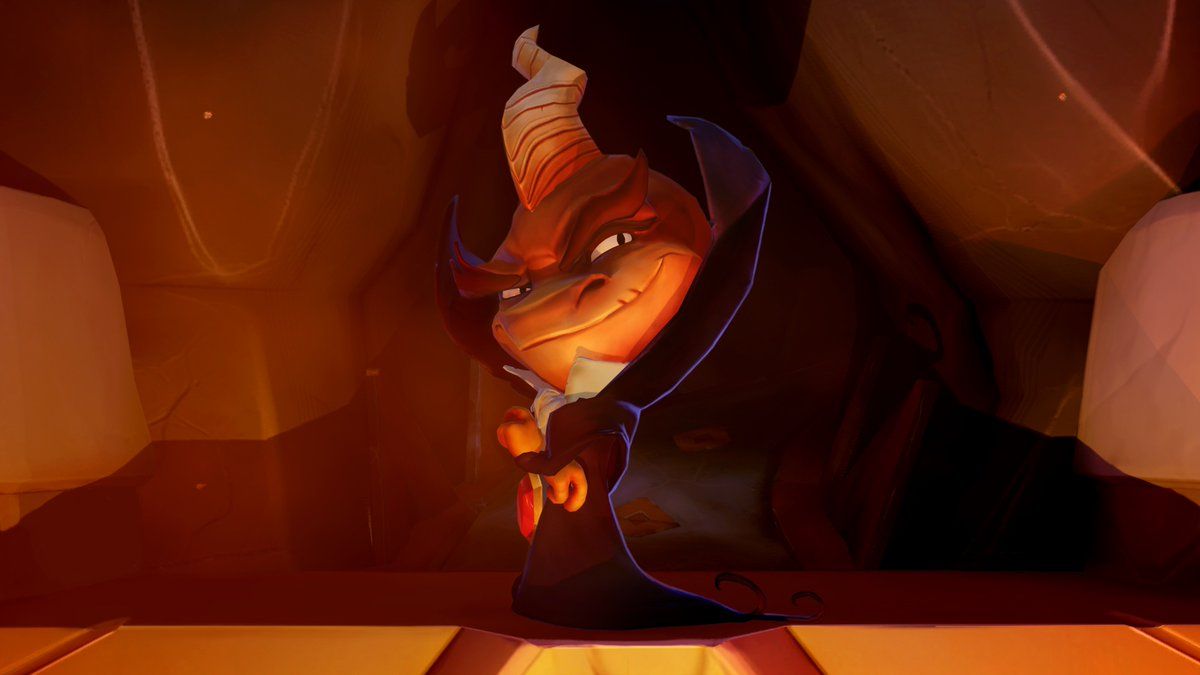
Spyro’s first sequel, Spyro 2: Ripto’s Rage, features an interesting antagonist that acts as perhaps the best foil that Spyro has had to face. Other villains have come and gone throughout the series, but it seems like Ripto is the one with the largest staying power. One of the reasons that Ripto works so well as a foil to Spyro is because he feels like his polar opposite in many ways.
This parallel between the characters is hardly a coincidence. In fact, the letters for the name Spyro actually look like they say “Ripto” in Japan's alphabetical typography, so Insomniac played into this with their villain’s name to hint at this “dark version” of the character.
21 Spyro Was Originally Voiced By The Taco Bell Dog
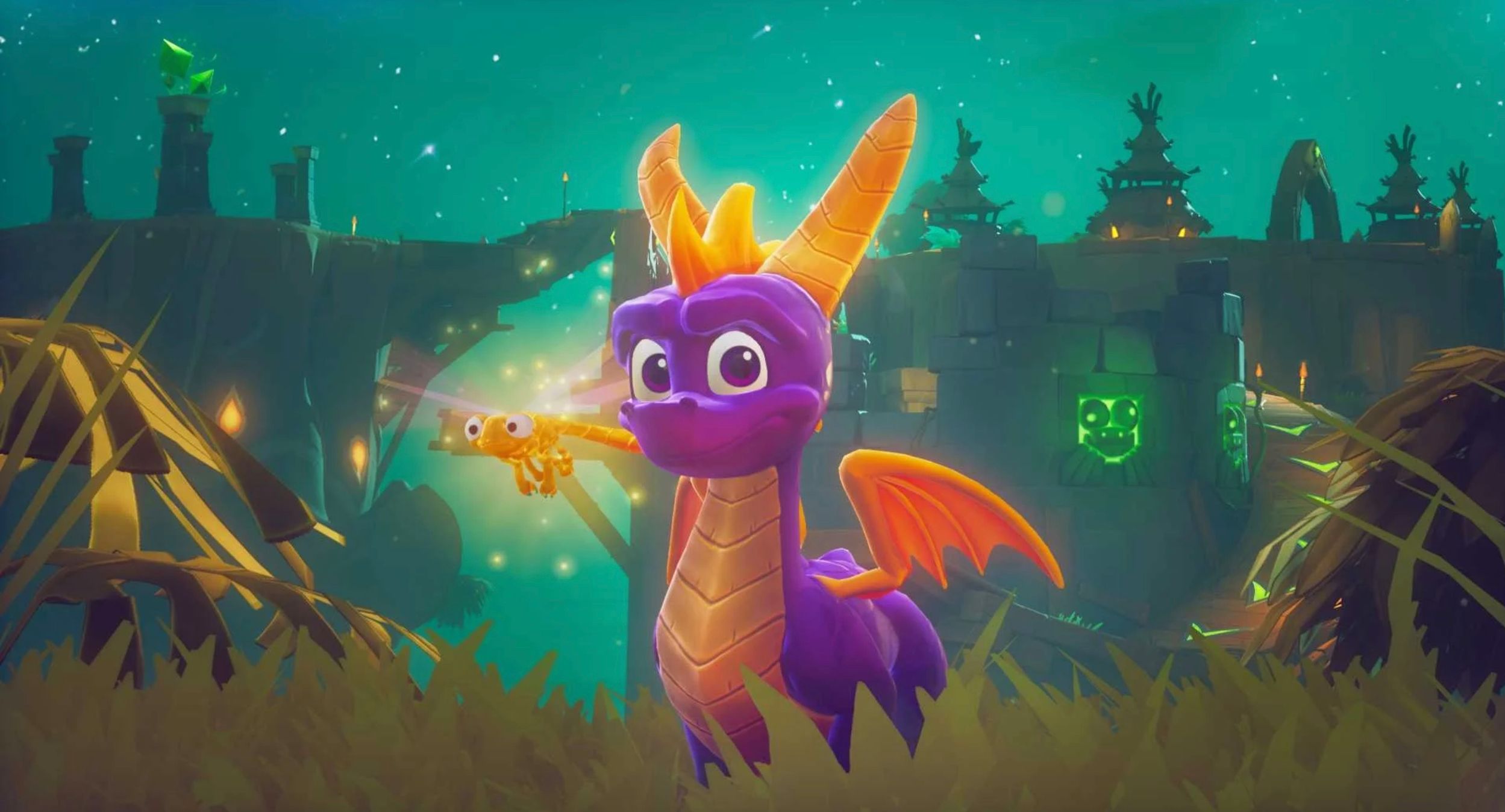
The character of Spyro has gone through a number of voice changes throughout its history, but for most people, their first experience with Spyro was through Carlos Alazraqui, the character’s original voice actor and famous voice actor for Taco Bell's mascot. Alazraqui made a strong first impression, but he was replaced by Tom Kenny in the subsequent sequels. Kenny has largely been seen as the definitive voice for the character, but there’s still plenty of fandom out there for Alazraqui’s interpretation of Spyro.
It’s worth noting that in the Spyro Reignited Trilogy, Kenny re-records Alazraqui’s lines for the original Spyro. This makes sense, but an option to switch to the original voice actor would have been a nice touch.
20 Spyro: Year Of The Dragon Has A Robust Code Menu
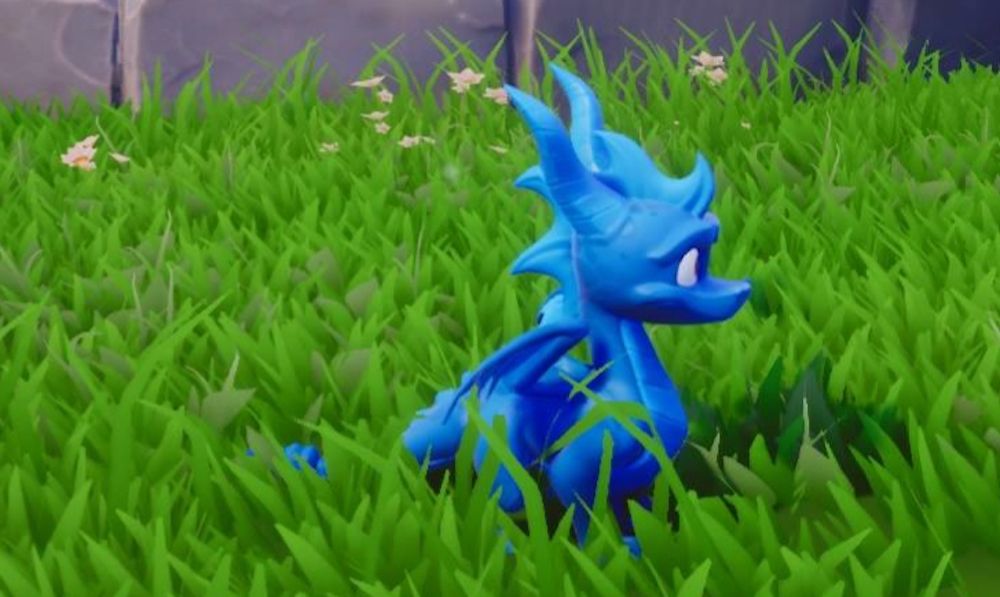
Spyro: Year of the Dragon was certainly the most advanced title from the original trilogy, but it made a point of indulging in certain areas that only the savviest of gamers knew about. Year of the Dragon actually contained a cheat menu of sorts where button codes could be entered on the game’s pause menu.
The cheats allowed for practical advantages like 99 lives, but also contained many superfluous fun features. These included things like 2D Spyro, Big Headed Spyro, Blue, Green, or Red Spyro, and the ability to turn Spyro's skateboard into a squid. Perhaps the most exciting cheat was that you could even access a hidden demo for Crash Bash!
19 Games Utilized Intense Copyright Protection Practices To Prevent Hacking The Titles
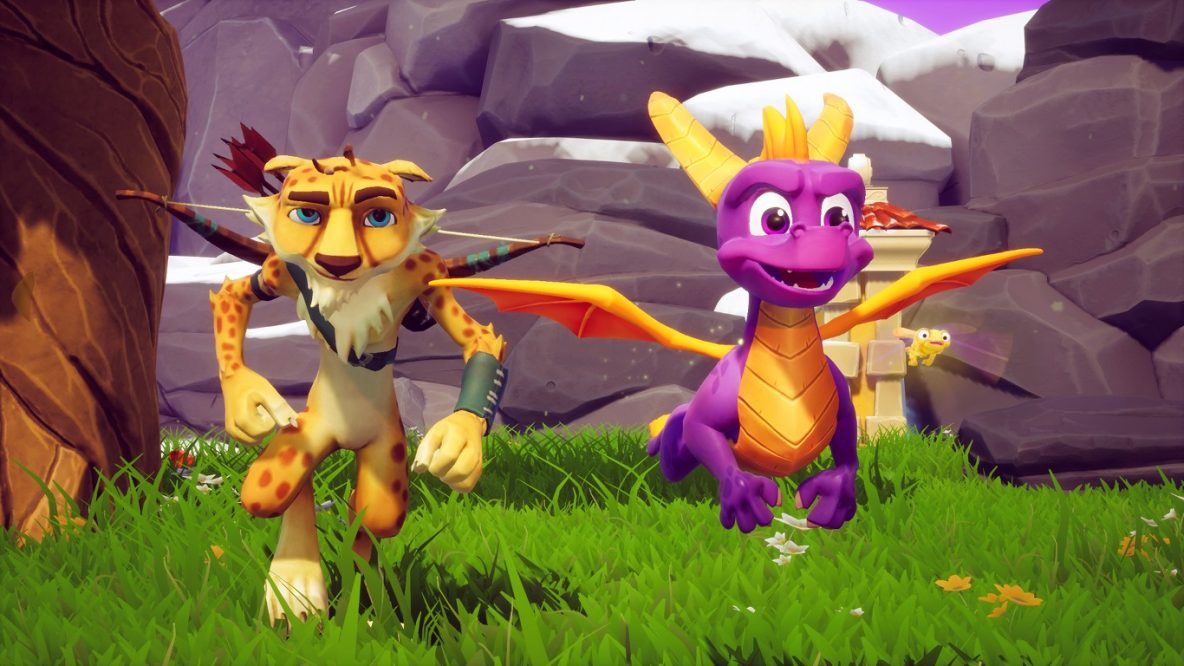
The pirating scene during the days of the original PlayStation was notorious and prevalent. Insomniac Games took intense measures to protect Spyro 2 and it was still cracked in a week. Accordingly, they went above and beyond with Year of the Dragon and added “crack” protection in addition to copy protection. Basically, when pirates removed one layer of protection, it would trigger another one that was much more subtle and unclear.
These would “break” the game in subtle ways, like removing gems from levels, changing the game’s language, and the ultimate one, which was that attacking the final boss would send you back to the beginning of the game and erase your saved data!
18 The Games Created Gnorcs: Gnome/Orc Hybrids
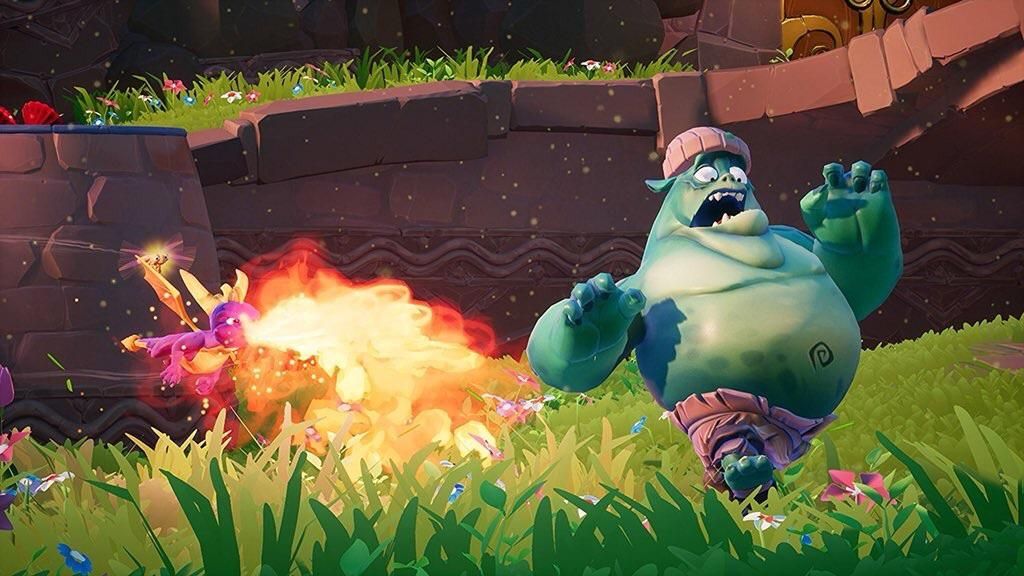
Spyro’s universe has a wide list of unusual creatures that both want to help and hinder Spyro on his journey. The series plays around with plenty of established mythical creatures like dragons, but the games also take some liberties and create some new species, too. Perhaps the most notable of Spyro’s invented creatures is their gnorcs. Gnorcs are neither gnomes nor orcs, but rather some unusual hybrid of the two. They’re particularly troublesome in the first Spyro game.
Spyro’s decision to create new species, rather than just rely on existing ones, was a strong way for them to help establish their voice.
17 It Was One Of The PlayStation’s First “Greatest Hits”
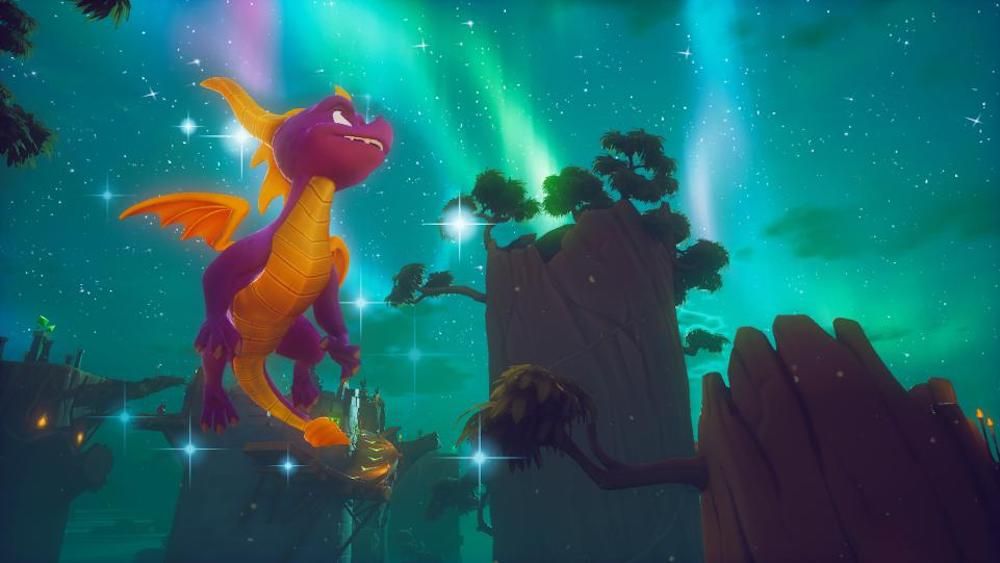
Spyro the Dragon was a very defining title for the PlayStation as far as fully 3D platformers go. This wasn’t lost on audiences and each title in the series has gone on to see particularly strong sales numbers. In fact, when the PlayStation underwent a substantial price cut to compete against the upcoming release of Sega’s Dreamcast, they also released a number of “Greatest Hits” budgeted titles and Spyro made the cut.
As of 2007, the first three games in the series have gone on to sell over 20 million units worldwide, and the original Spyro moved five million games alone.
16 Prototypes For Ratchet & Clank Are Hidden In Ripto's Rage
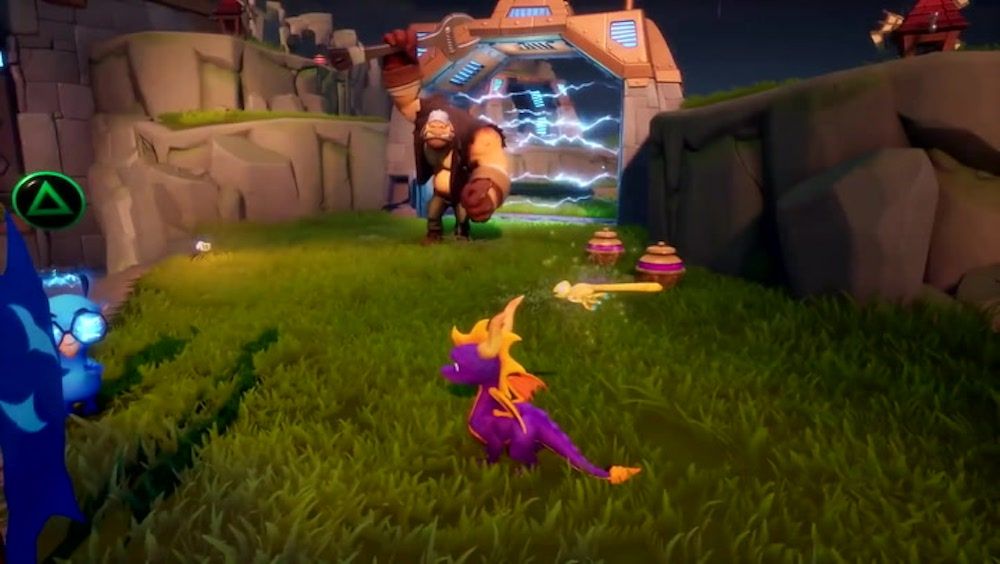
After Insomniac Games had completed their Spyro trilogy, they would eventually move on to the equally successful Ratchet & Clank titles for the PlayStation 2. The Ratchet & Clank games contain a lot of Spyro’s DNA, but they also push platformers much further and are an impressive evolution of the form.
There may not be any purple dragon robots in the Ratchet and Clank games, but there are some characters in the Spyro games that might be the basis for Insomniac Games’ next big franchise. Spyro 2: Ripto’s Rage contains a large, orange monster, as well as a little robot that certainly bears some resemblance to both Ratchet and Clank.
15 There Are Hidden Skateboarding Moves In Year Of The Dragon
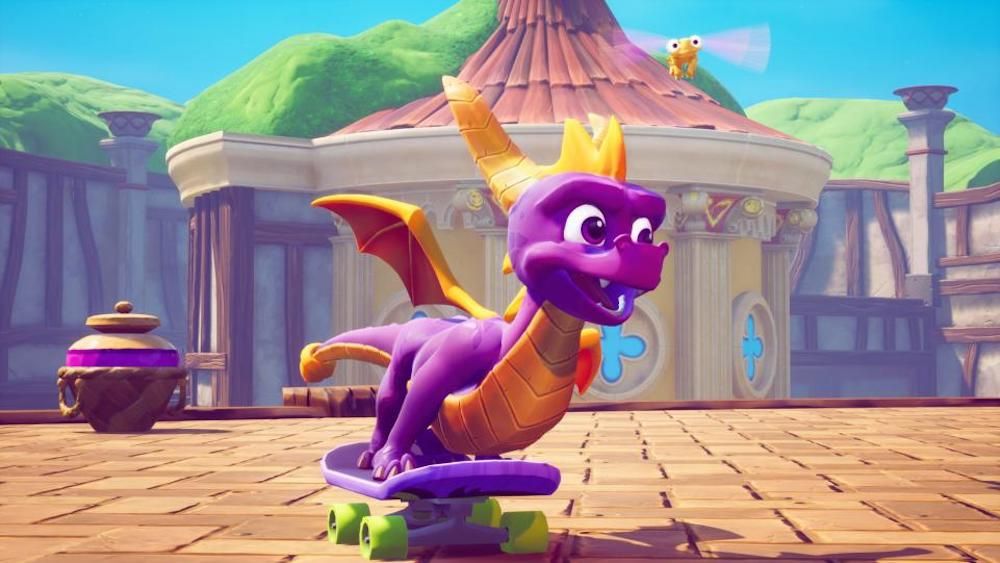
One of the many ways in which Spyro: Year of the Dragon attempts to make the gaming experience even more awesome is the addition of skateboarding segments. Those that put a lot of time into the minigame and get especially good at it may notice something significant in the names that Hunter gives to Spyro’s skate moves.
If gamers get Spyro to spin and twist enough times in the air, they’ll trigger some special moves that Hunter will identify at the end of Spyro’s run. The names of these techniques are Gnasty Gnorc and Raging Ripto, which are both named after the final bosses from the previous two games.
14 There’s A Developer Cameo In Ripto's Rage
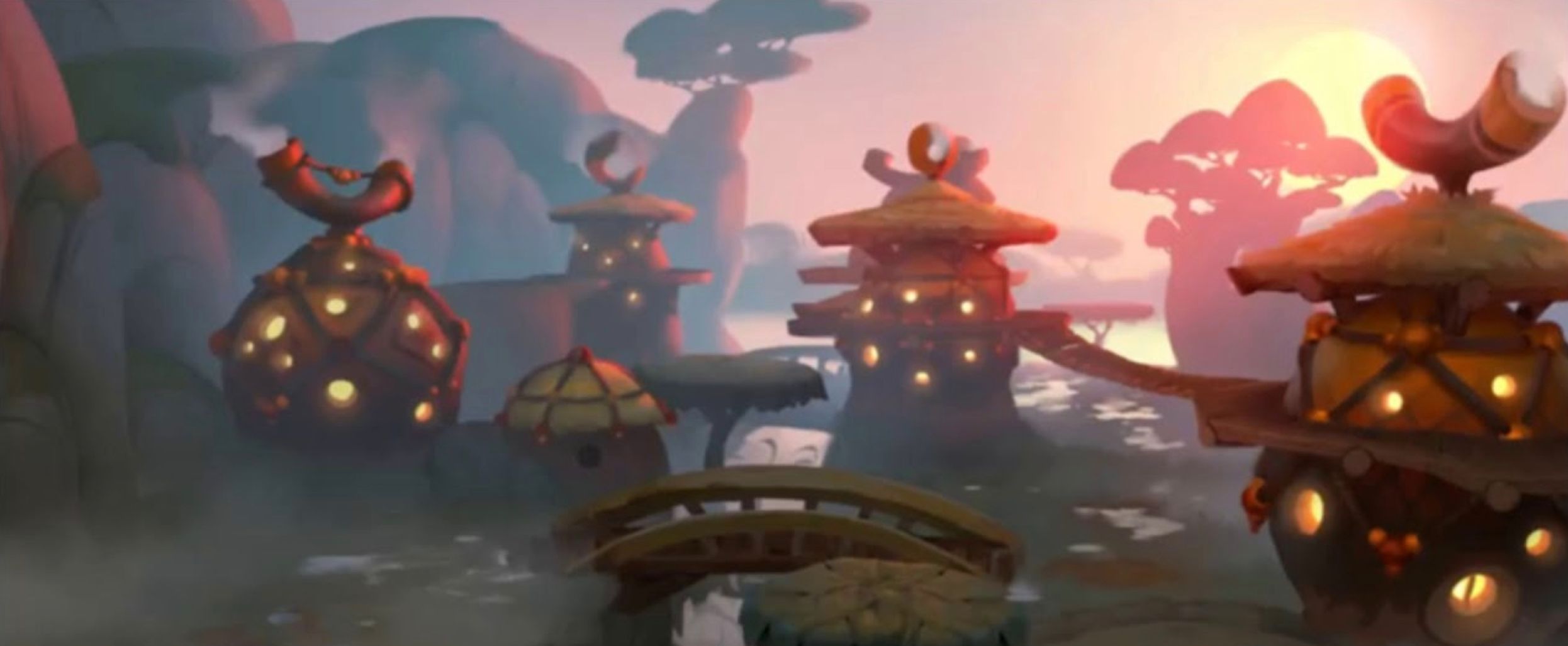
If players get really up close and personal to the details within Spyro 2: Ripto’s Rage, then they might notice something rather surprising in the Mystic Marsh area. Mystic Marsh contains a number of fountains and, in some nice attention to detail, the fountains also have some coins in them. The coins themselves are a fun touch, but if you look even closer then you’ll realize that they have someone’s face on them!
This is the face of Insomniac Games employee, Dan Johnson. Johnson would actually make it a habit to have cameos in games that he works on, like the Ratchet & Clank series, but this marks Johnson’s first in-game appearance.
13 The Version In Japan Runs Slower And Offers Director's Cut Mode
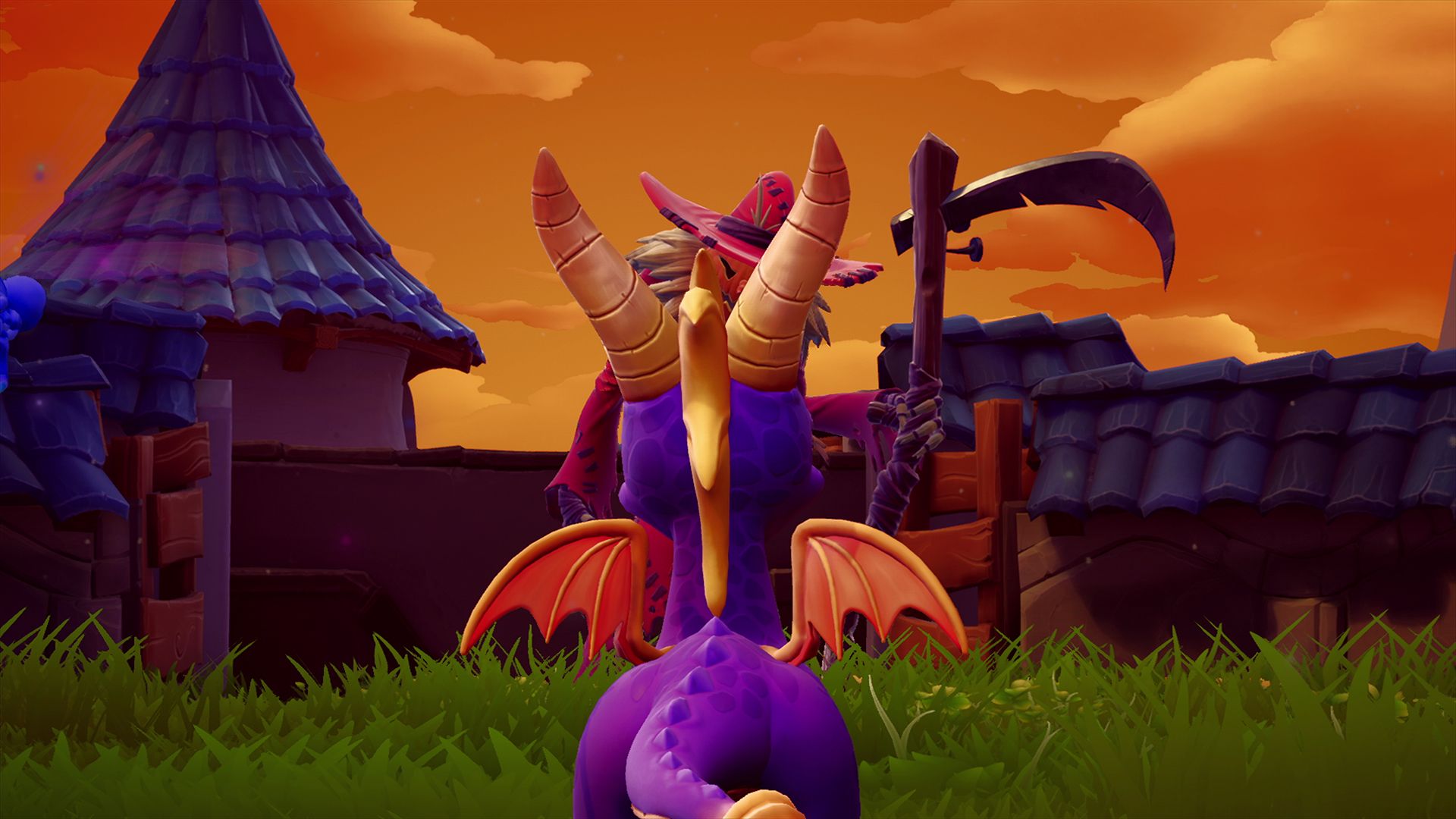
Spyro became one of the PlayStation’s fledgling mascots in America, but strangely, the series never had quite the same level of popularity in Japan. Spyro was still a recognizable product, but not like it was in the United States or Europe.
Part of the reason for this disconnect is that the version of Spyro the Dragon from Japan runs slower than its U.S. counterpart, contains different camera functionality, and features rampant hint posts. What’s even more bizarre is that the game also offers a “Director’s Cut” mode that just unlocks the regular speed of the U.S. version of the game! These persistent issues eventually led to Year of the Dragon never even coming out in Japan!
12 The Level Design Took Inspiration From Movies
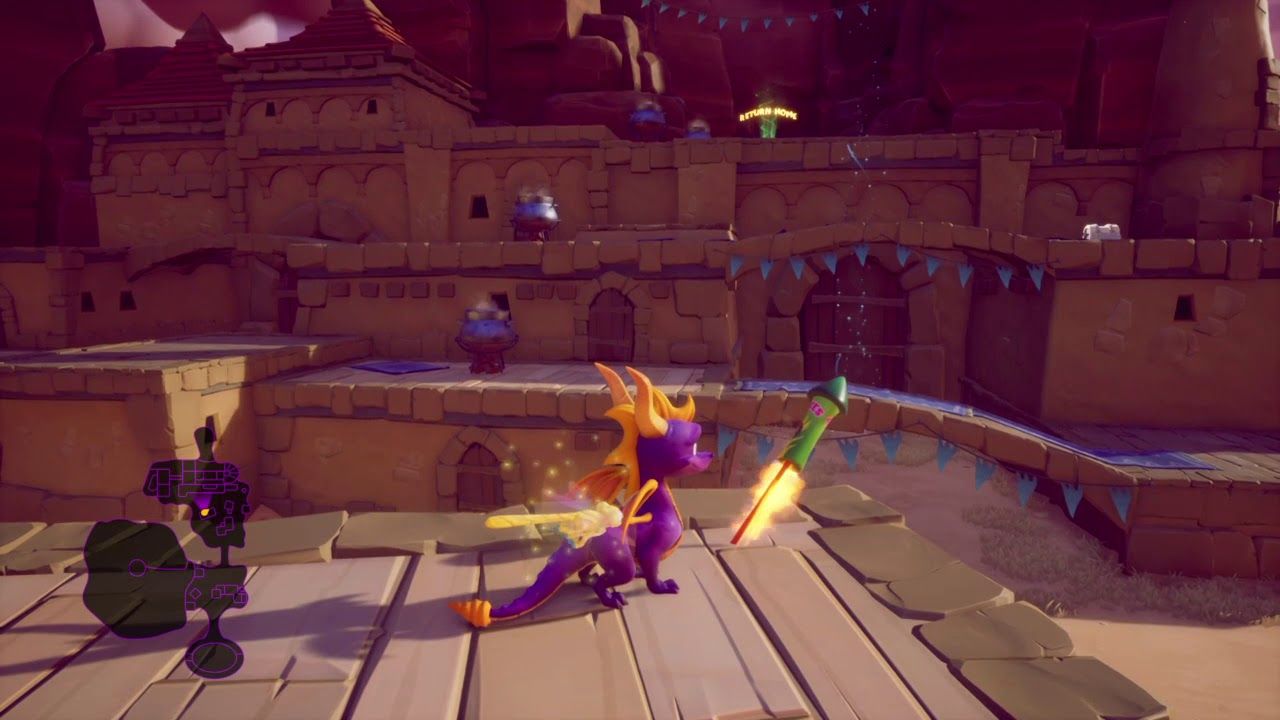
With platformers and adventure games, there’s a real urge to make each new world completely different than the last and to showcase as many diverse universes as possible. Spyro the Dragon subscribes to this policy, but rather than just randomly selecting cool themes to prop their levels on, they find inspiration in popular film to help dictate their designs.
Spyro the Dragon’s Cliff Town stage pulls from Star Wars, Beast Makers Hub is inspired by Apocalypse Now, and there’s a heavy love of the Indiana Jones films that’s also clear in the level design. All of this is then filtered through the game’s fantastical perspective.
11 Spyro’s Prominence In The Skylanders Series

Spyro the Dragon found a strong fanbase during his days on the PlayStation, but the character’s popularity and reputation fluctuated once the character branched off and became multi-platform. There was even a dark time when it looked like the franchise was effectively over and that the prospect of a new Spyro game just wasn’t exciting anymore. Perhaps due to oversaturation or the prevalence of other popular series, but gamers appeared to have moved on.
However, something very interesting happened with the release of the Skylanders series, which basically co-opted Spyro. Spyro isn’t just a character in Skylanders, but the first game is devoted to Spyro and his world. He basically becomes their new mascot.
10 Spyro And Crash Bandicoot Have Crossed Over Into Each Other's Games
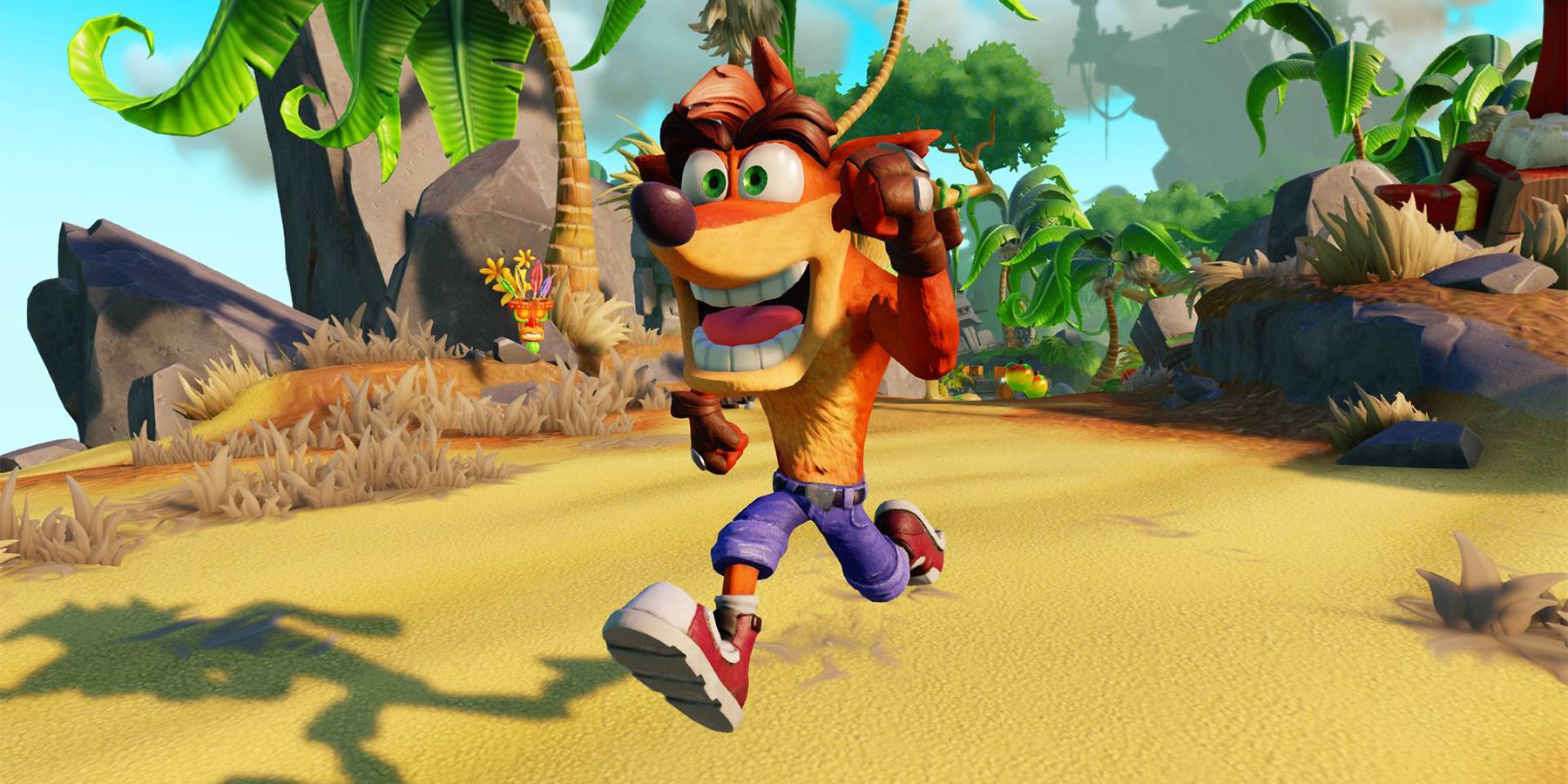
There’s always been a lot of love and synergy between the Spyro the Dragon and Crash Bandicoot series, but the two officially team-up and crossover in each other’s series in the Game Boy Advance titles: Crash Bandicoot Purple: Ripto's Rampage and Spyro Orange: The Cortex Conspiracy. These games see the main antagonists from both series, Ripto and Dr. Neo Cortex, teaming up to conquer the universe. Spyro and Crash must do the same and each game covers the same story, but from each character’s perspectives.
What’s interesting here is that these games make Spyro go up against Crash Bandicoot baddies and put Crash in Spyro’s world. It’s a fun change of pace.
9 Ripto’s Rage Shares A Strange Connection To Silent Hill
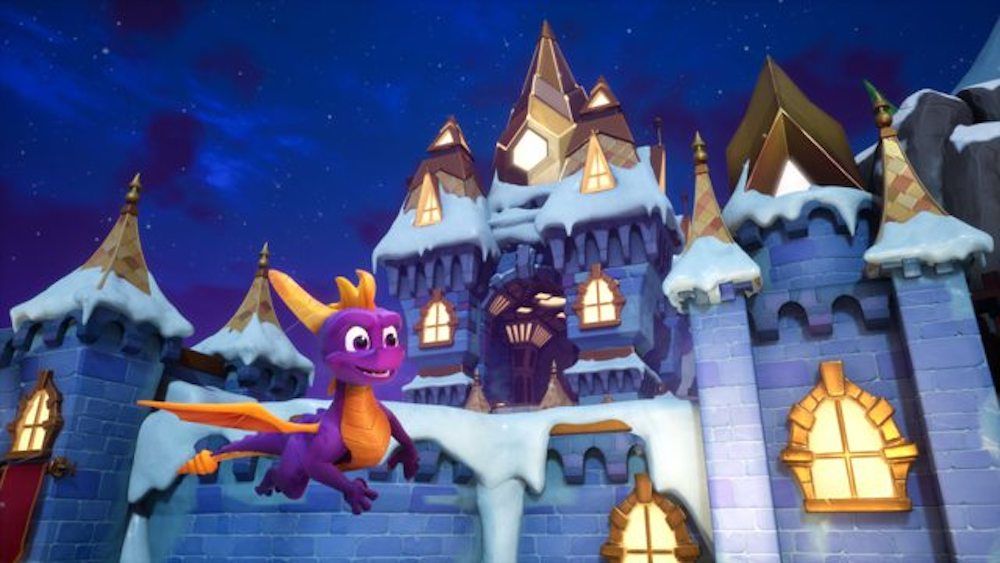
The Silent Hill series is full of foreboding mysteries, but surely no one suspected that one of those conspiracies would touch on Spyro the Dragon. In a rather unusual occurrence that some more dedicated gamers have noticed, there’s a real similarity between Spyro 2: Ripto’s Rage’s music track for the Winter Tundra level and Silent Hill: Homecoming’s Wintery Mist piece. The tracks are nearly identical, especially when you slow down the one from Winter Tundra.
Unlike in the aforementioned The Amanda Show situation, Silent Hill: Homecoming’s composter is Akira Yamaoka, not Stewart Copeland. This is likely just a coincidence in composition, but it’s still very strange.
8 The Strong Relationship Between Insomniac Games And Naughty Dog
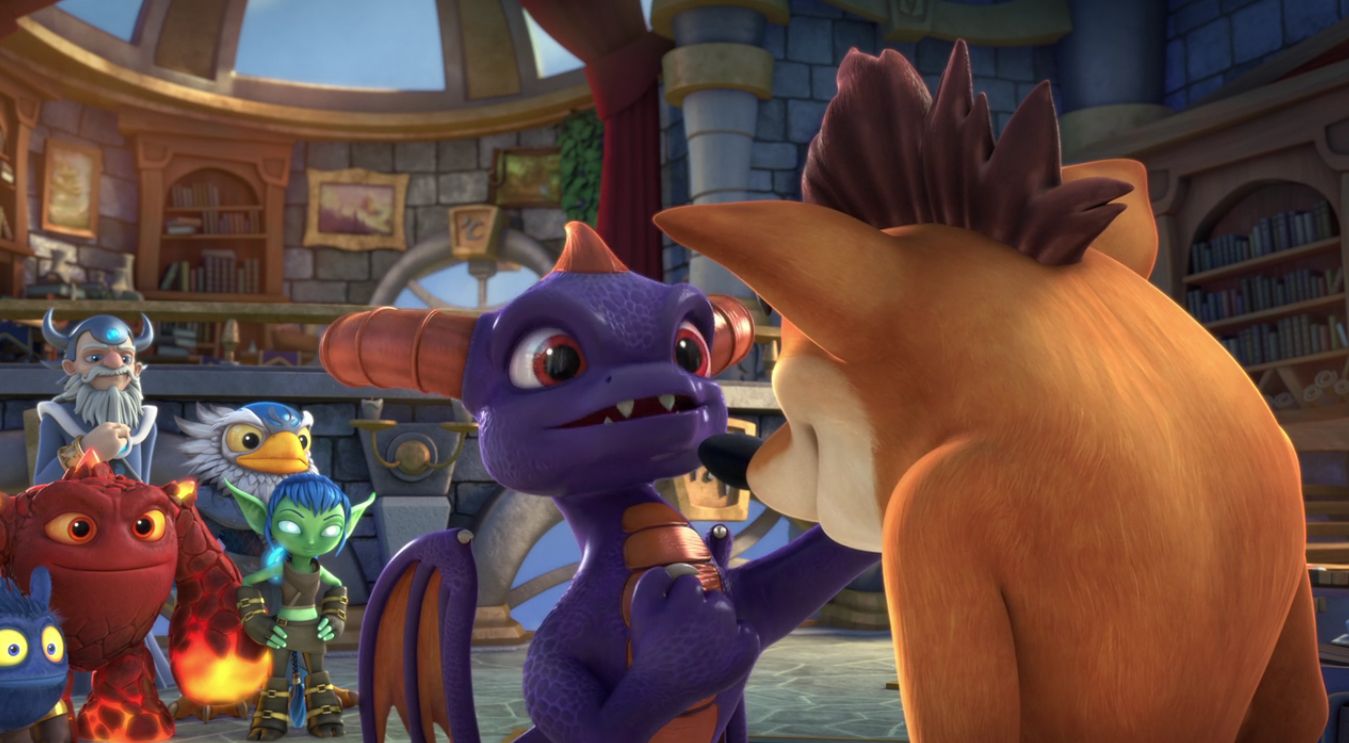
There are plenty of developer allies throughout the video game industry, but the story between Spyro’s Insomniac Games and Crash Bandicoot’s Naughty Dog is especially sweet. The two inadvertently created two unofficial mascots for the PlayStation that were instrumental to the medium and their offices were directly across the hall from each other!
Accordingly, the teams were close and they let this friendship spill over into their games. There’s a Crash Bandicoot: Warped demo hidden in Spyro the Dragon, and vice versa. There’s also a Crash Bash demo hidden in Year of the Dragon and a Spyro Reignited Trailer is even unlocked in Crash’s N. Sane Trilogy!
7 11. The Original Trilogy’s Soundtrack Was Composed By The Police’s Stewart Copeland
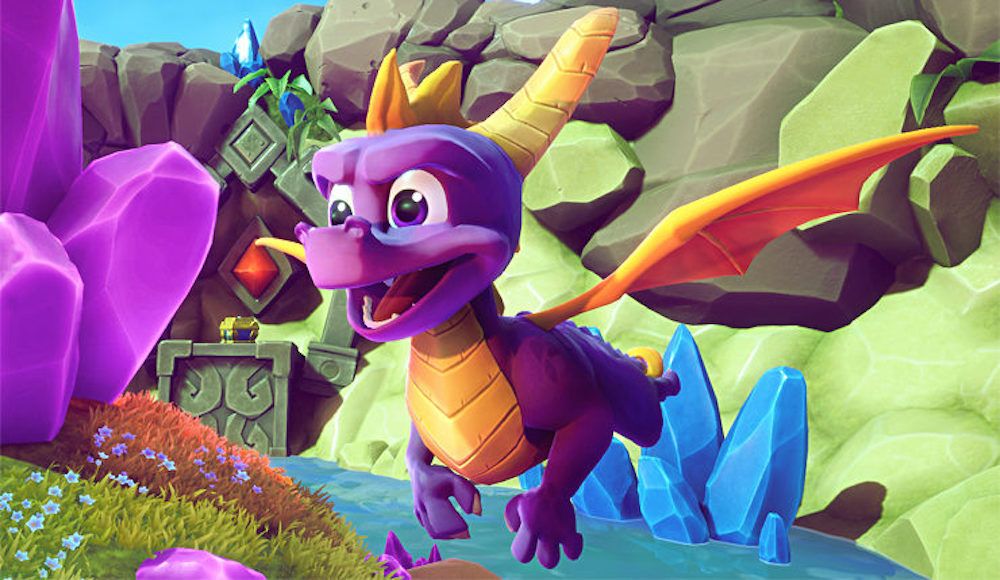
The Spyro series has such a striking soundtrack and it’s no coincidence that there’s some serious talent involved with the music for the original games in the series. Creatures as whimsical as dragons need an appropriate soundtrack to immerse gamers in this world, especially when it’s 3D and open in the way that the Spyro games were!
Stewart Copeland, who’s also the drummer for The Police, carefully composed Spyro’s music. His theme for the Jacques level even ended up on his Stewart Copeland Anthology, but re-titled as “Rain.” Copeland’s son, Patrick, would even go on to later work for Insomniac Games!
6 Elora From Ripto’s Rage Was Originally A Centaur
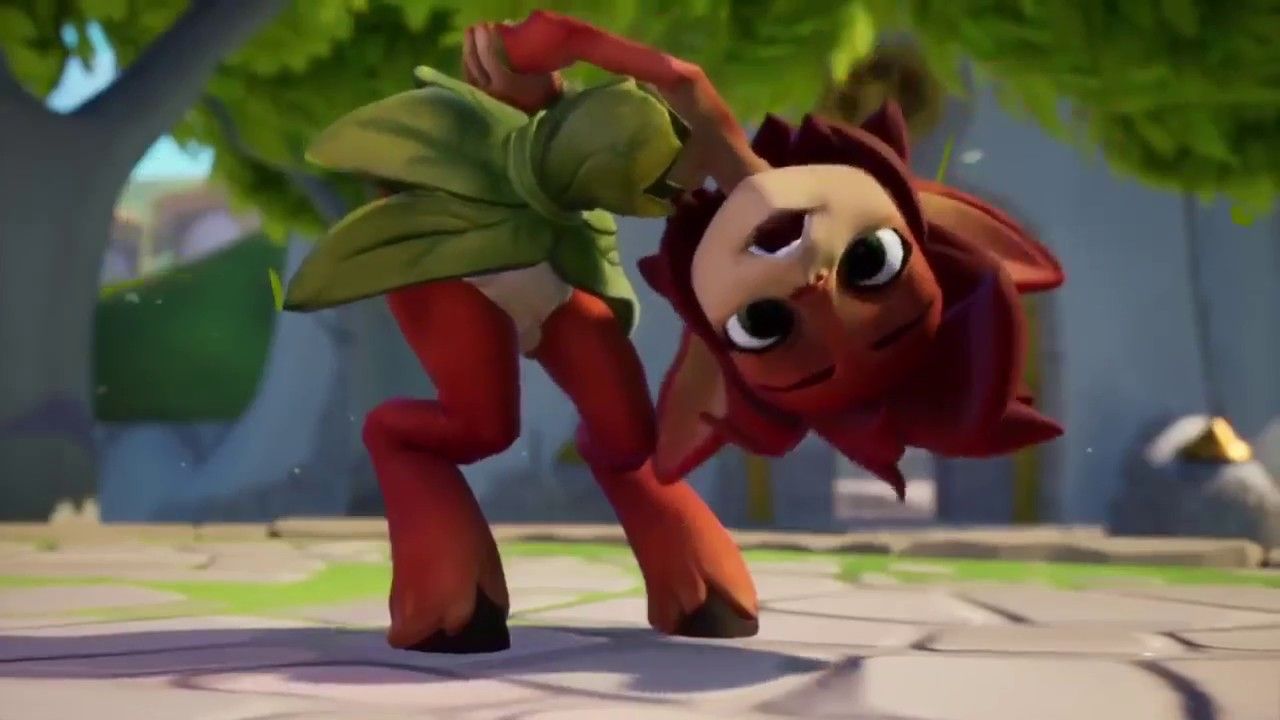
The Spyro series gained a lot of personality when it added more and more friends into Spyro’s orbit. Sure, a dragon is a lot of fun, but why can’t he have an eclectic cast of characters along his side, too? Spyro 2: Ripto’s Rage introduces both Spyro and players to Elora and Hunter and they’re both fun additions to the universe. Elora is a spunky faun, but the original plan was to make the character something much more extreme: a centaur.
A centaur approach would have definitely played into the mystical angle of the series, but ultimately, the character design just seemed subpar and that something simpler, like a faun, would be the safer decision.
5 Sony Wanted The Game To Capture The Younger Demographic
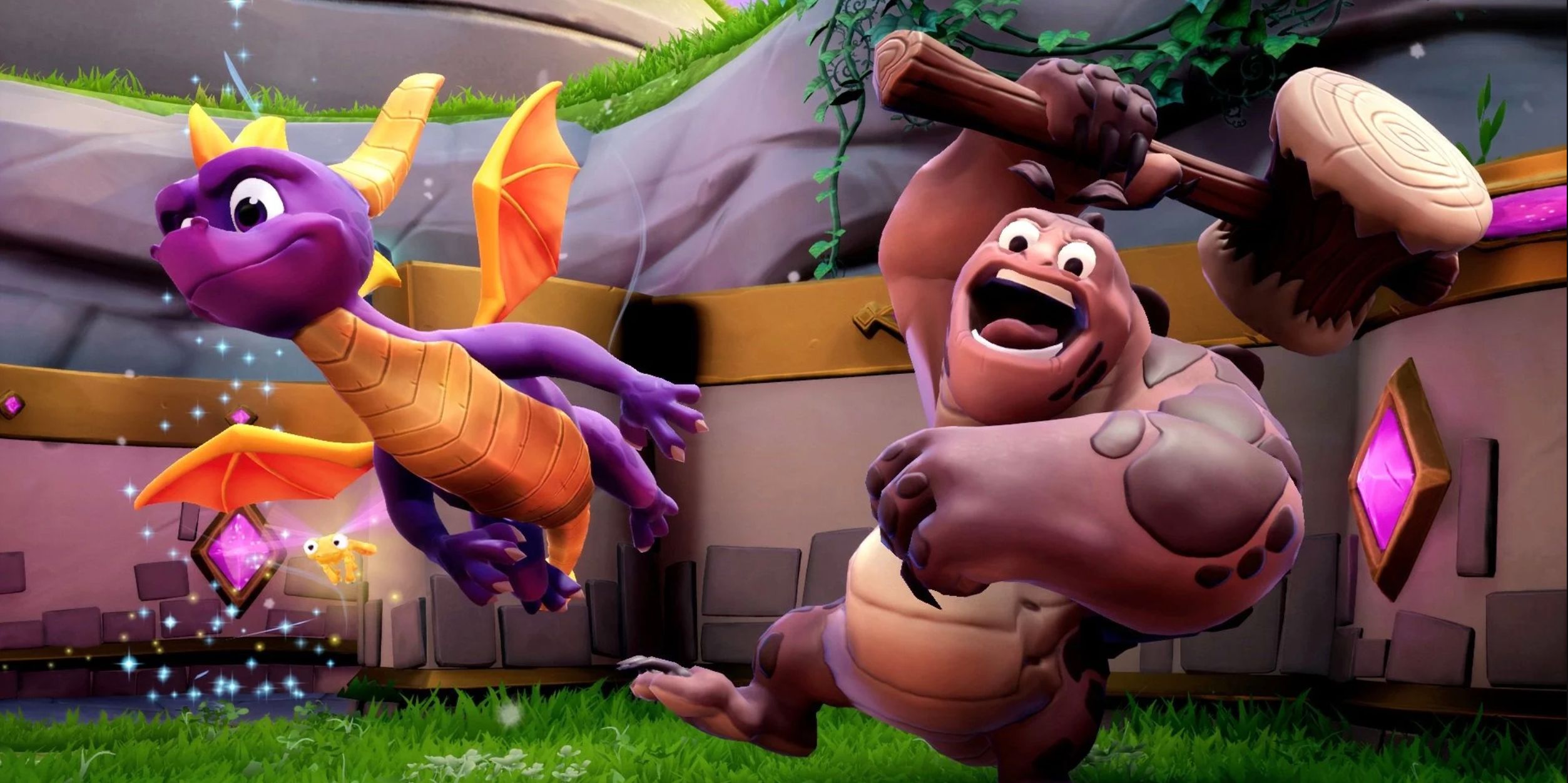
For the most part, the PlayStation was seen as a console that skewed more to the teen and adult markets, and while this wasn’t a problem, the advent of the Nintendo 64 saw the competitor obtaining most of the younger demographic. Sony was beginning to see how valuable that market could be, so they needed titles that would skew younger so that they could compete against Nintendo.
This whole agenda led to the creation of Spyro, which is also why Insomniac Games never owned the complete rights to the franchise and that Sony was ultimately in charge, which is why it was later sold off.
4 Universal Had Plans For A Spyro Feature Film
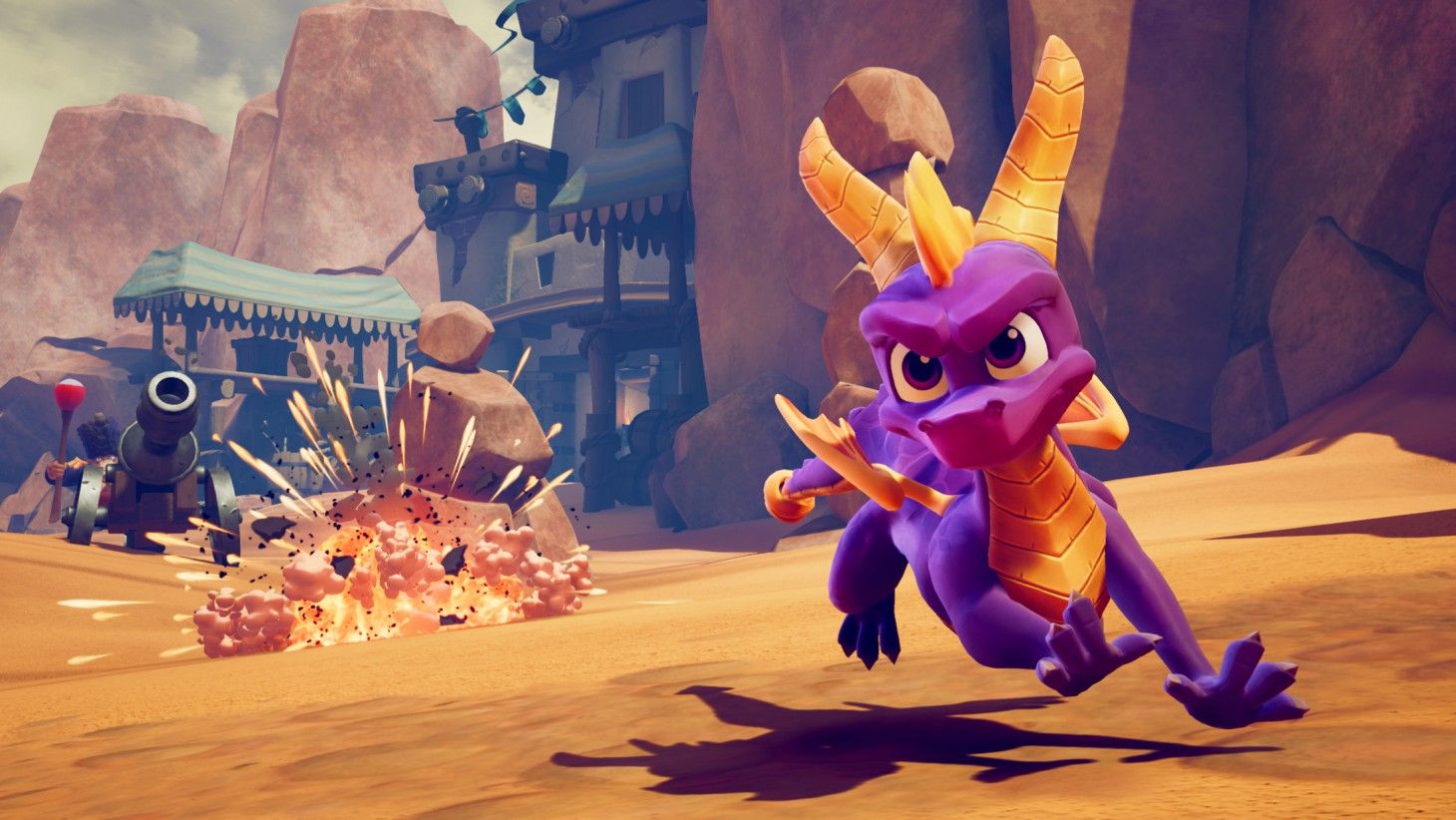
The transition from video games to feature films is always a risky gambit and even the most established properties can fall on their faces. It’s a hard area to predict and there’s a reason that there’s still trepidation to turn something as popular as The Legend of Zelda or Metroid into feature films.
Spyro has a lot of cache as a character and there was a point when Universal intended to push the series into film. They had the rights to do something with the character for years, but never acted. This would later fall apart after the Activision-Blizzard merger went through, but it’s probably for the best that Spyro remains limited to video games.
3 Spyro: Year Of The Dragon's Agent 9 Nearly Got A Spin-Off
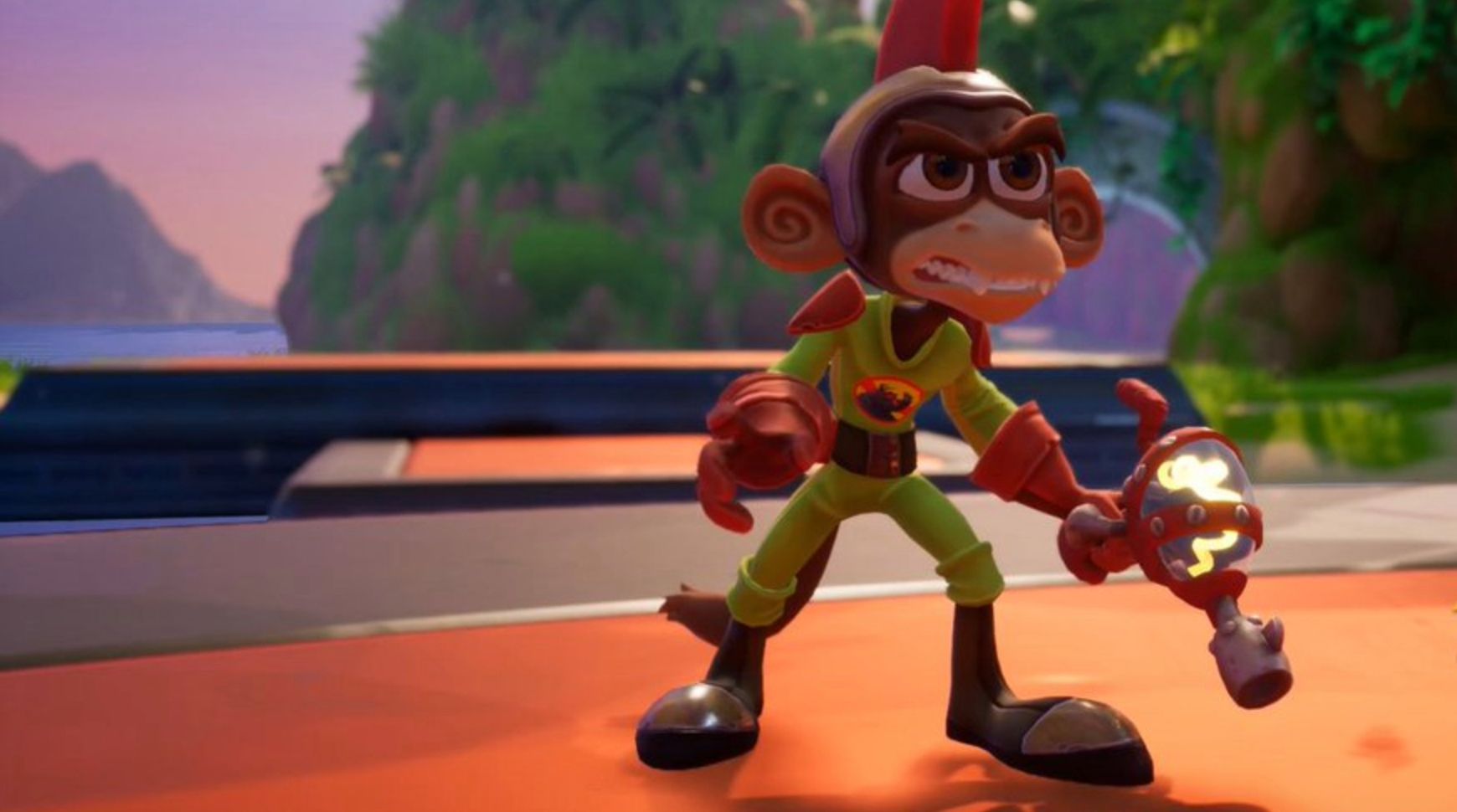
One of the biggest differences in Spyro: Year of the Dragon is that players get to control a number of Spyro’s friends to complete different challenges and levels that are catered to their unique abilities. One of the more popular secondary characters to come out of the sequel was Agent 9, a trigger-happy space monkey who’s just the right amount of bonkers. Agent 9 registered so much with fans that at one point, the character had two separate spin-offs in development!
“Agent 9” would have been a traditional follow-up to the character’s Spyro exploits, whereas “Prime 8” would have been a reboot on the character, but retained the basics. Neither happened.
2 Spyro Has A Dress-Up Mobile Game
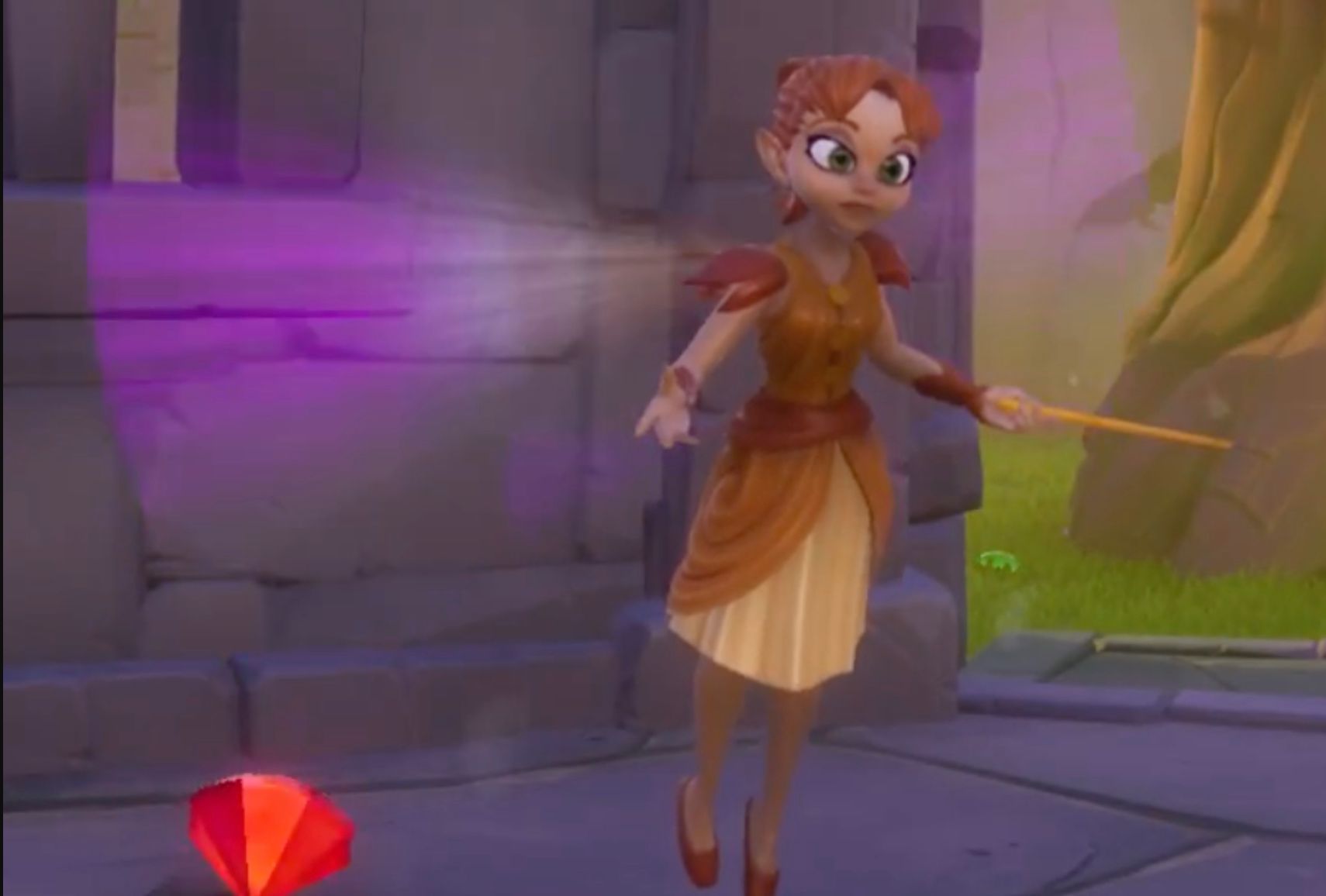
It’s safe to say that Spyro made his strongest impression on the PlayStation, but as time went on, the series has increasingly branched out. Not only did Spyro become a character that could appear on any system, but there were also a string of unsuccessful mobile games that showcased the character.
Some of these mobile games are able to retain the charm of the series, but the most perplexing title is IN-FUSIO’s Spyro the Dragon, which is a fairy dress-up game. The weird low stakes title has become a sought out relic to some extent, but purely because it defies logic.
1 The Version From Japan Incorporated The PocketStation For A DragonFly-Raising Sim
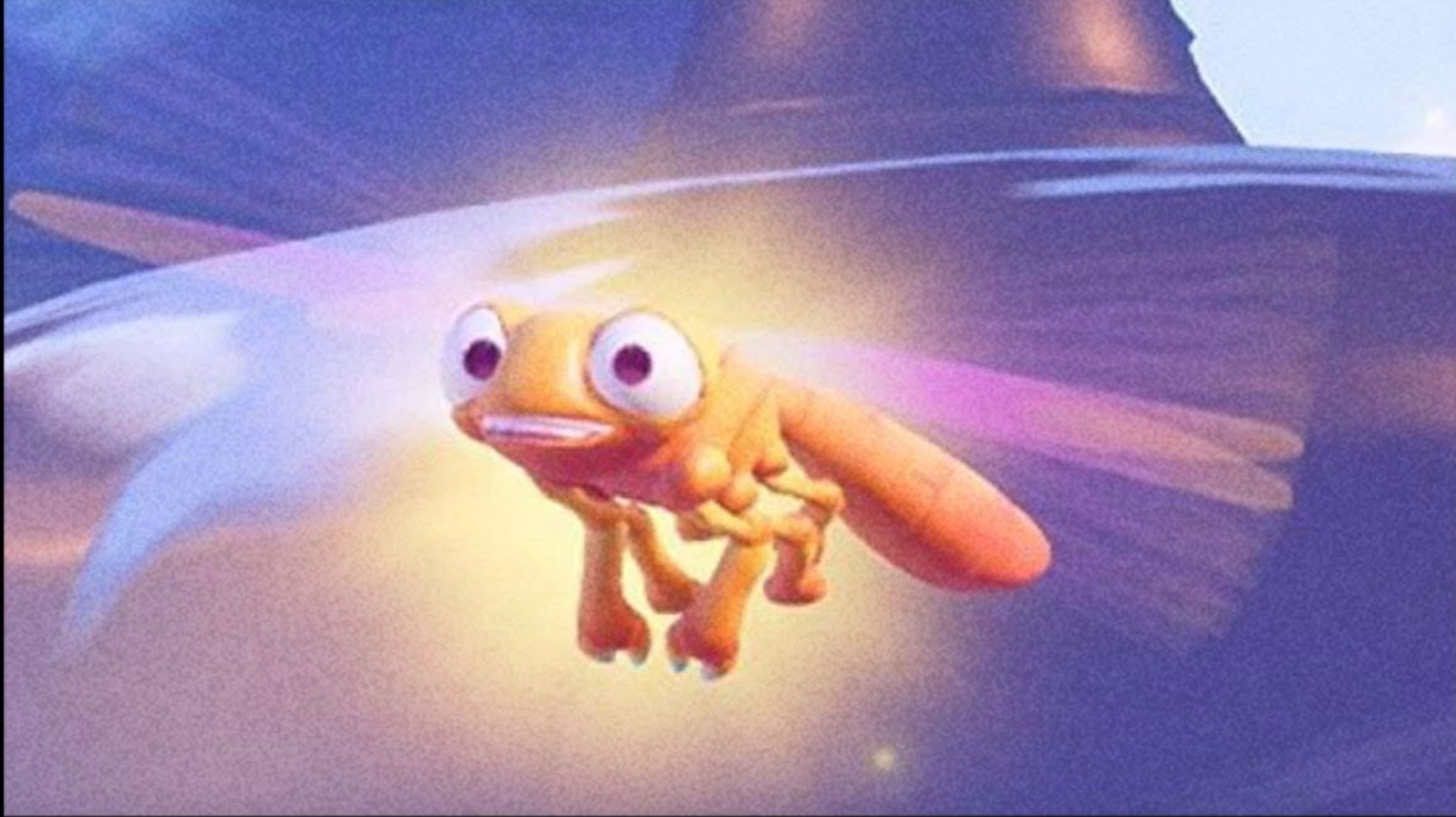
The PlayStation featured a bite-sized peripheral in Japan that was known as the PocketStation. The peripheral would connect to games and allow for added content, whether it be minigames or a creative way to convey extra information from a game. The PocketStation, unfortunately, never made it over to the U.S., but the version of Spyro the Dragon from Japan did incorporate its function.
The PocketStation offered a game where you train your own dragonfly, which made great use of the peripheral in an inspired way. It’s just tragic that the version from Japan had this extra feature, even though the game was less popular over there!
--
These are all of the Spyro goodies that we could put together, but have we missed any major dragon secrets? Now’s your chance to sound off in the comments below!
from ScreenRant - Feed https://ift.tt/2BhNB4t

0 Comments